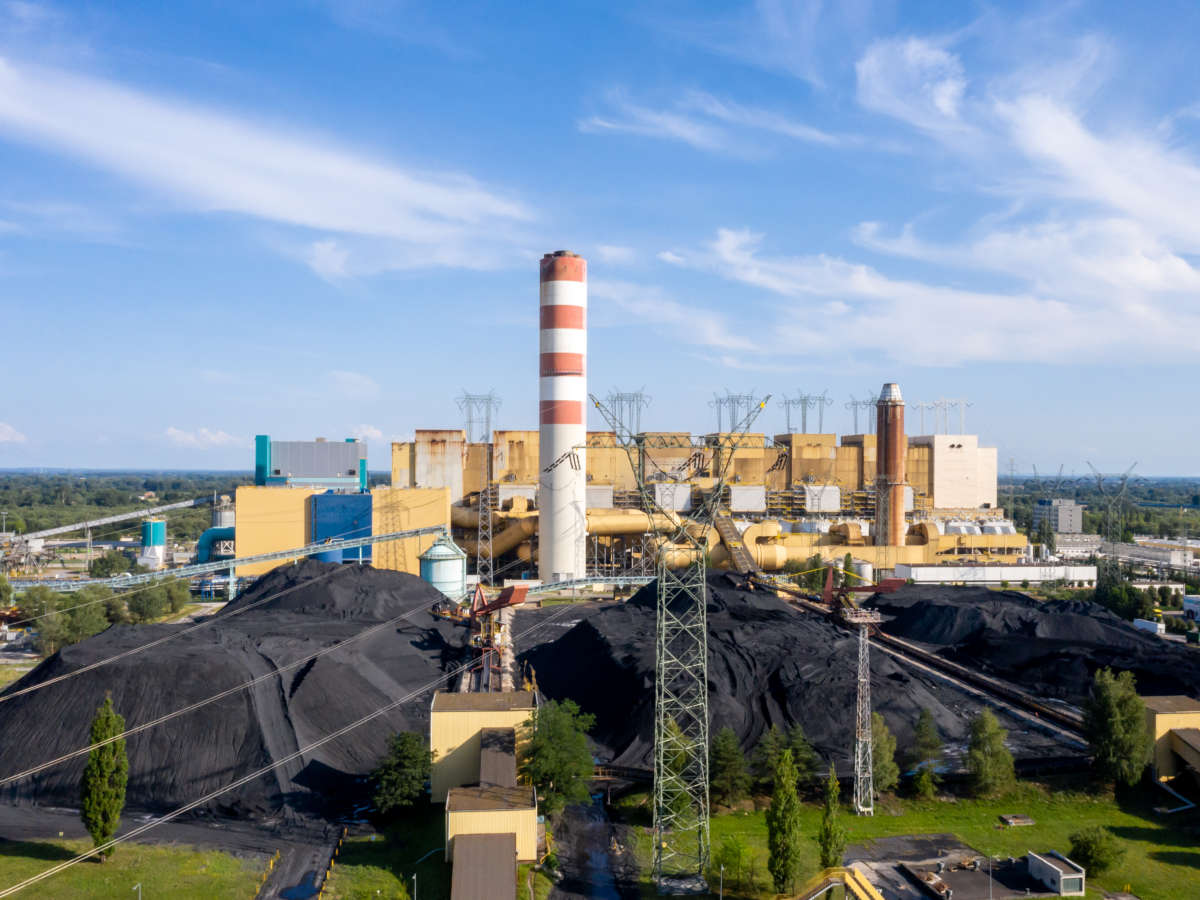Carbon capture is having a moment, and it’s not hard to see why: As Texas Monthly reports, “According to estimates, the worldwide carbon-capture market is expected to grow from about $2 billion this year to about $7 billion in 2028.”
Last year’s bipartisan infrastructure law devotes billions to advancing the technology, and atmospheric CO2 levels have now reached their highest levels in human history. The Supreme Court’s recent ruling, which limits the federal government’s power to reduce climate pollution, is making techno-fixes all the more appealing, and California’s own climate plan appears poised to lean on carbon capture to reduce emissions in accord with the state’s net zero goal.
There’s just one problem: There is no real evidence that carbon capture can or will do what its optimistic name suggests.
The popular image of carbon capture and sequestration (CCS) – promoted by the fossil fuel industry, politicians and techno-futurists alike — is a power plant equipped with devices that can grab the spewing pollution before it reaches the atmosphere. From there it can be sent somewhere to be safely stored, or perhaps even repurposed.
But despite billions of dollars and decades of effort invested, no such facilities exist on any meaningful scale.
The most high-profile CCS projects in the country have been multibillion-dollar failures. Even the world’s largest carbon direct air capture facility that’s currently under construction is expected to remove only 0.0001 percent of the CO2 emitted globally per year.
So why does carbon capture maintain its trendy status as a bipartisan climate fix? For Democrats frustrated by their inability to pass more meaningful climate legislation, carbon capture has the allure of doing, well, something. And for many voters, it has an intuitive rhetorical appeal: Who wouldn’t want to “capture” carbon pollution?
For the fossil fuel industry, the appeal of CCS is more complicated — and dangerous. Carbon capture is designed to make us feel relieved about the world-saving technology just around the corner. It sells an easy solution: We can keep the fossil fuel status quo and erase emissions with a new quick-fix. And in fact, it looks as though the status quo will become increasingly worse for the climate. As Michael T. Klare points out, “world oil production is hovering at around 100 million barrels daily and is projected to reach 109 million barrels by 2030, 117 million by 2040, and a jaw-dropping 126 million by 2050.”
However, even if the theoretical vision of carbon capture were to somehow be realized, it would do nothing to alleviate a host of other grave problems associated with fossil fuels. Carbon capture would not reduce the other forms of deadly air pollution created by fossil fuel plants, or the water contamination caused by fracking, or the toxic waste created by drilling.
So, what is enabling this foolish CCS trend? Massive subsidies from the federal government. An IRS tax credit program known as 45Q has provided a per-ton credit to companies based on how much carbon dioxide they capture. In total, 10 companies have claimed about a billion dollars over a decade. But a damning 2020 report from the Treasury Department found that almost $900 million in capture credits did not even meet the Environmental Protection Agency’s monitoring and verification guidelines; it remains unclear how much actual pollution is being captured.
Last year’s bipartisan infrastructure law dedicates roughly $12 billion to promoting various forms of carbon capture.
Instead of reining in the program, the 45Q program was expanded in 2020. And last year’s bipartisan infrastructure law dedicates roughly $12 billion to promoting various forms of carbon capture.
Those funding streams, combined with a desire on the part of companies to promote “climate-friendly” fossil fuels, are driving more CCS projects into the spotlight. Most of these plans are merely theoretical. For example, there are press releases touting carbon capture technology attached to new infrastructure like fracked gas export facilities, but there is precious little evidence to suggest these will ever exist.
Meanwhile, some projects that are further along, like the massive carbon pipelines being pitched across several Midwestern states, are attracting serious pushback. Farmers and other landowners are resistant to handing over precious land to pipeline companies, while experts are raising questions about the scientific and technical feasibility of the projects — not to mention the public safety concerns.
While carbon capture has been marked by a series of failures, there are a handful of successful capture facilities in operation. But it’s important to know what “success” looks like: These projects overwhelmingly use the captured carbon in a process known as “enhanced oil recovery,” a fanciful term for pumping more oil out of existing wells. Extracting and burning more oil is not a victory for the climate.
On the one hand, carbon capture has been a colossal, expensive failure. But by another measure it’s been a resounding, frightening success. Fossil fuel companies have managed to persuade the federal government to waste billions on false schemes that do nothing to solve the climate crisis. This is terrible news for the planet, and it will only continue to worsen until lawmakers pull the plug on these illusions and get serious about stopping pollution at the source.


